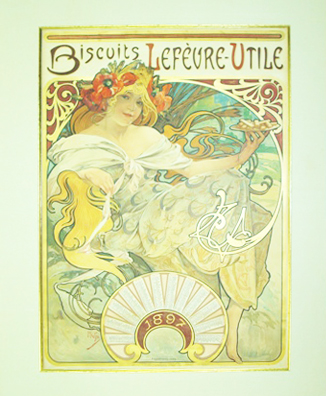Victorian/Art Nouveau

The Victorian Era, and the art and culture that accompanied it, has always been identified with a staunch, moralistic rigidness. An era named after the English Queen Victoria who reigned during the era, the Victorian style was popular in England from the middle of the 19th century to the beginning of the 20th. The paintings frequently feature images of everyday life with a strong emphasis on melodramatic moral crises that seem to accompany a life lived outside of the rules. Victorian painting as such can also include illustrations of social history with an emphasis on labor, emigration and the unemployed. Victorian art need not embody these typical period subjects since Victorian is a term applied to an entire era and can identify any art produced during the period regardless of subject.
Art Nouveau, concurrent with the late Victorian era, is a style most frequently associated with the decorative and graphic arts. This “new art” style also informed the style of painters and sculptors of the day. A product of the last decade of the 19th century, the Art Nouveau style affected artists primarily in Europe. Smoothly asymmetrical and informed by forms found within nature, the Art Nouveau style is composed of elegant patterns that seem to be composed of abstract vines or ironwork. Expressive and highly stylized, it appears to have sprung from studies of exotic plant life..
